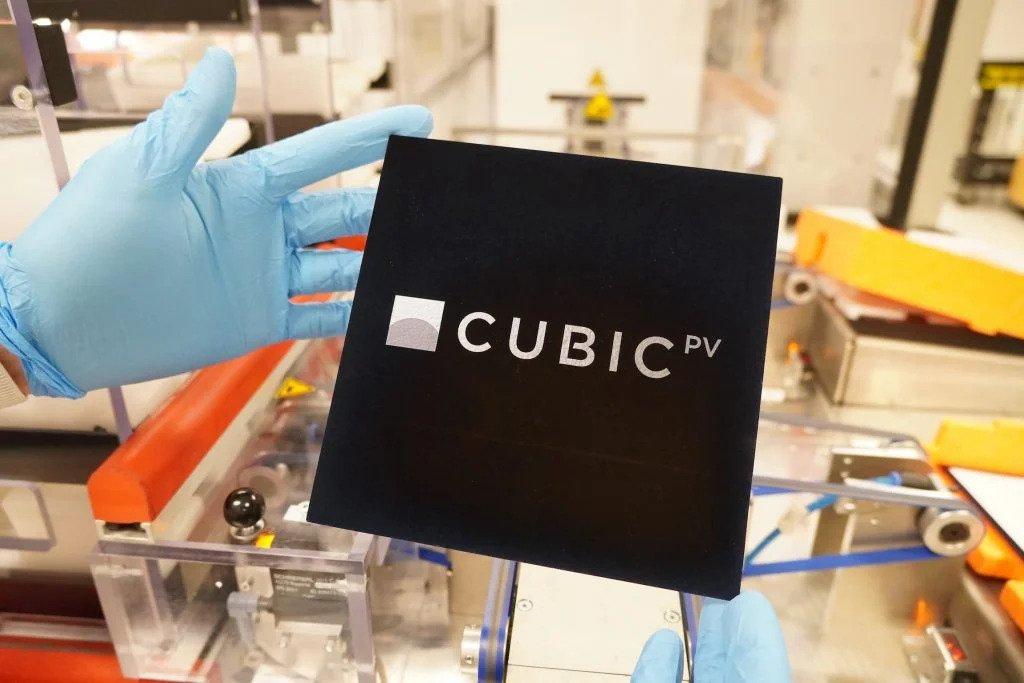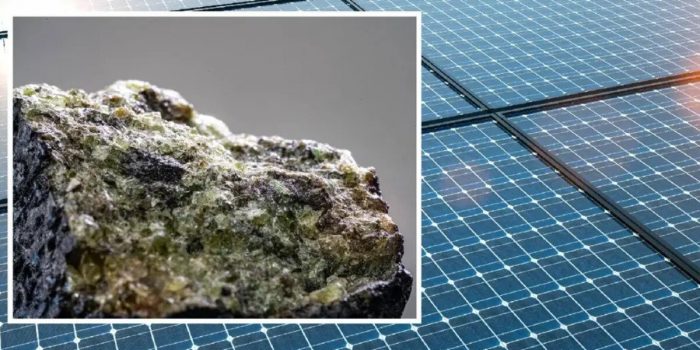A company supported by Bill Gates wants to make solar energy more practical by using perovskite panels. CubicPV, based in Massachusetts and Texas, is working on creating new solar panels that have two layers: a silicon layer at the bottom and a perovskite layer on top.

These panels are reported to have an efficiency of 30 percent. CubicPV’s CEO, Frank van Mierlo, explained that their perovskite chemistry and low-cost manufacturing method for the silicon layer make their products economically viable.
The Department of Energy has also recognized CubicPV as a leading participant in a research center with the Massachusetts Institute of Technology, aiming to improve panel production and development using automation and artificial intelligence.
“Tandem extracts more power from the sun, making every solar installation more powerful and accelerating the world’s ability to curb the worst impacts of climate change,” told CNBC Van Mierlo.
“We believe that in the next decade, the entire industry will switch to tandem.”

CubicPV is also in the process of looking for a location to build a new 10GW silicon wafer plant in the United States.
However, there are still challenges with perovskite panels. They need to become more affordable and durable. Lead halide perovskites are currently leading in performance, but researchers are exploring other compositions to avoid using toxic lead.
Martin Green, the head of the Australian Centre for Advanced Photovoltaics, mentioned that silicon-based tandem cells have the potential to be the next major advancement in solar technology, despite their current limitations outside the laboratory.
“The big question is whether perovskite/silicon tandem cells will ever have the stability required to be commercially viable,” told CNBC Green.
“Although progress has been made since the first perovskite cells were reported, the only published field data for such tandem cells with competitive efficiency suggest they would only survive a few months outdoors even when carefully encapsulated.”
We are yet to see if CubicPV will be able to accomplish this and make solar more viable. All we can do now is wait and see.


